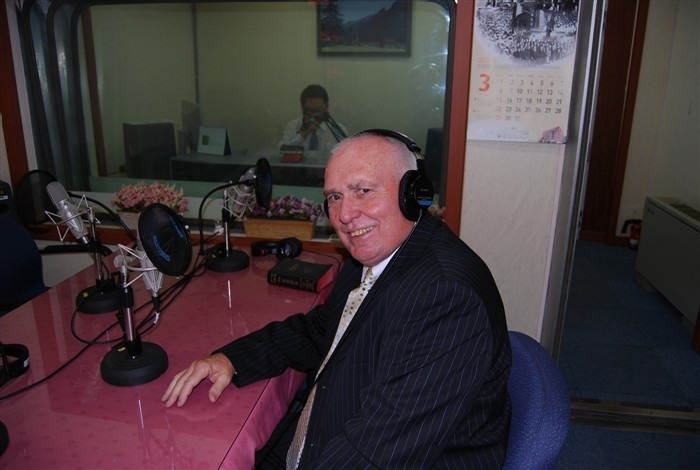The Principle Of Receptivity

Dr. Donald McGavran often talked about the openness to the Gospel that was all around us. As he was fond to say "the indifference to the gospel is more often found in the church than it is in the community"
Numerous studies have been done on this subject but the focus of this post is to explore the receptivity/resistance axis and how understanding it can affect and enhance our evangelistic strategy.
The Principle
Individuals, families, particular segments of society, communities and even nations respond to the message of the gospel in a changing pattern of receptivity and resistance.
 |
| Receptivity Resistance Axis |
Jesus told us to "look on the fields that were white unto harvest". A simple understanding of this text would lead to at least these conclusions:
- There are some fields that are not yet "white to harvest".
- Paying attention to the groups or peoples that are "white to harvest" is good stewardship of our time and resources.
- God is at work in the world and Christ as the builder of His church is supernaturally preparing people for us to minister to.
- It is clear that Christ desires results not simply a good effort.
Dr. Flavel Yakley did a landmark study entitled "Conversion and Religious Persuasion". The full results of his research uncovered 7 major findings about conversion.
 |
| Degree of Change |
The one finding that is the focus of this post is that "converts who stay (meaning 6 months following their conversion they are still in the church) have experienced a high degree of change in their life situation.
240 converts who stayed were compared with 240 converts who within 6 months had dropped out, and 240 persons who had had the gospel shared with them but said thanks but no thanks. As the diagram shows with 1 being no or very little change occurring and 9 being much change occurring the majority of converts who stayed had experienced a high degree of change in their life situation, (white to harvest).
The Background To The Test
over 5000 medical patients as a way to determine whether stressful events might cause
illness. Patients were asked to tally a list of 43 life events based on a relative score. There was a positive correlation between the life events and their illness.
To measure stress according to the Holmes and Rahe Stress Scale, the number of "Life Change Units" that apply to events in the past year of an individual's life are added and the final score gives a rough estimate of how stress affects health.
Score of 300+: At risk of illness.
Score of 150-299+: Risk of illness is moderate (reduced by 30% from the above risk).
Score 150-: Only have a slight risk of illness.
Yakley grouped the 720 persons in his study on a continuum from least to most change and, as the diagram shows, the higher one scored in the test the more likely it was that there would be receptivity to the change called conversion.
This is certainly part of what theologians would call the prevenient grace of God.
What Does It All Mean
For churches interested is seeing an increase in their conversion growth rates understanding the principle of receptivity will allow a focusing of effort that results in more fruitfulness. A few suggestions.
- Look for people in transition. They are far more receptive than people in stable situations
- Develop programs around specific stress events. IE new residents, birth of a first child, divorce, new marriage etc. One of the reasons Celebrate Recovery has been so powerful is it is working with receptive people
- Oikos evangelism as discussed in other posts capitalizes on this axis in 2 ways. First the stronger the relationship a Christian has with a non Christian the more receptive the non Christian becomes to the gospel and second knowing a person beyond simply a name gives us clues as to how God is sovereignly and supernaturally working to bring the people in our oikos to that point where they are "white to harvest".





No comments:
Post a Comment